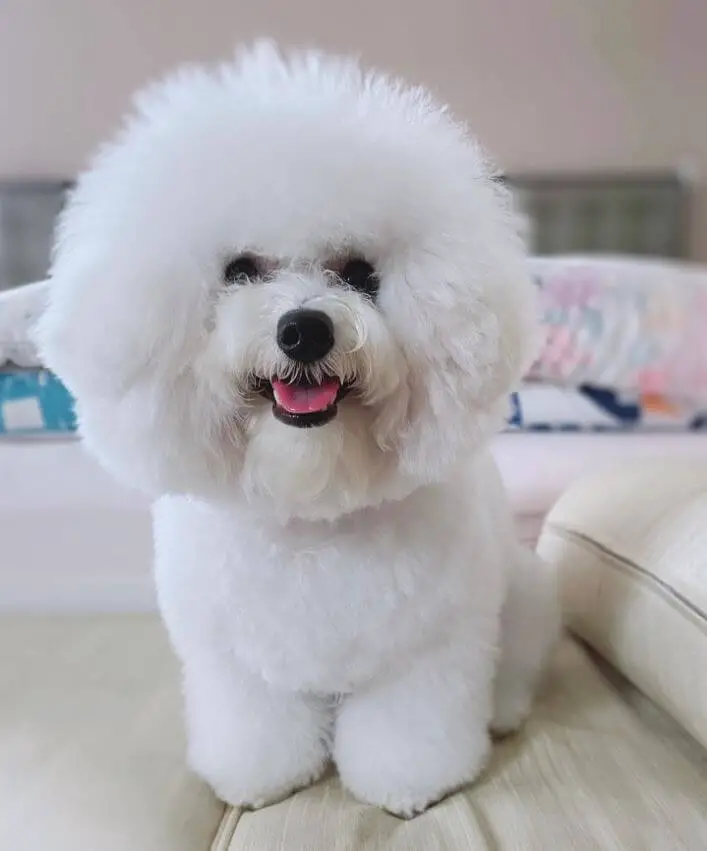Have you ever noticed that your dog’s fur is turning pink or brown in certain areas? This can be a common concern for dog owners, as it’s not something you typically see in a healthy dog. In this article, we’ll explore the reasons why your dog’s fur may be turning pink or brown and what you can do about it.

Why Does My Dog’s Fur Turn Pink or Brown?
#1 – Yeast Infections
One of the most common causes of pink or brown fur in dogs is a yeast infection. This type of infection can cause your dog’s skin to become inflamed and irritated, which can lead to discoloration of the fur. Yeast infections can also cause other symptoms like itching, redness, and a foul odor. If you suspect your dog has a yeast infection, it’s important to take them to the vet for treatment.
#2 – Staining from Tear Ducts
Another common reason for pink or brown discoloration in your dog’s fur is staining from their tear ducts. This can happen when the fur around the eyes becomes wet from tears and isn’t properly cleaned or dried. Over time, the tears can cause the fur to turn pink or brown, especially in dogs with light-colored coats.
#3 – Exposure to Sunlight
Exposure to sunlight can also cause your dog’s fur to turn pink or brown. This is more common in dogs with white or light-colored coats, as their skin is more sensitive to UV rays. Over time, the sun can cause a chemical reaction in the melanin in your dog’s fur, which can cause it to change color.
#4 – Ingestion of Certain Foods
Ingestion of certain foods can also cause your dog’s fur to turn pink or brown. This is most commonly seen in dogs that eat a lot of tomato-based foods, which contain high levels of lycopene. Lycopene is a pigment that can cause your dog’s fur to turn pink or orange over time.

#5 – Injuries or Irritation
Injuries or irritation can also cause discoloration in a dog’s fur. For example, if a dog has a cut or scrape, the fur around the affected area may turn pink or brown due to inflammation. Similarly, if a dog’s skin is irritated, this can cause the fur to change color as well.
#6 – Aging
As dogs age, their coat color can naturally change. Some dogs may develop gray or white fur as they get older, which can cause discoloration in their coat.
What Can You Do About It?
If you notice that your dog’s fur is turning pink or brown, it’s important to take them to the vet for an evaluation. Your vet can help determine the underlying cause of the discoloration and recommend the appropriate treatment. In the case of a yeast infection, your dog may need medication to clear up the infection. Tear stains can often be prevented with regular cleaning and grooming around the eyes. If the discoloration is due to exposure to sunlight or food, limiting your dog’s exposure to these factors may help prevent further discoloration.

In conclusion, while pink or brown fur in dogs may not always be a cause for concern, it’s important to identify the underlying cause and seek treatment if necessary. Regular grooming and cleaning can also help prevent staining and discoloration. With proper care and attention, you can help keep your dog’s fur looking healthy and vibrant.
